1. Using Toothpaste to Clean Cloudy Headlights
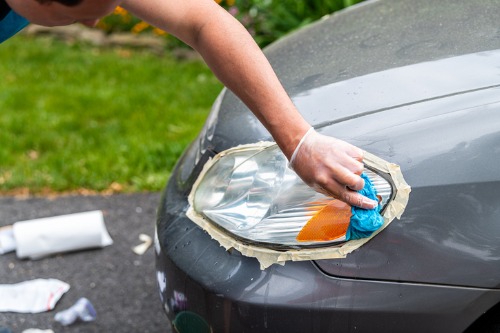
It sounds clever—grab that tube of minty fresh toothpaste and scrub away the haze on your headlights. And sure, it might make them look clearer for a few days, but toothpaste is mildly abrasive and can actually scratch the plastic over time. Those scratches let dirt and UV light in, which worsens the fogging problem long-term. Proper headlight restoration kits have UV sealants for a reason—to protect the lenses after polishing.
Some DIYers also forget that toothpaste doesn’t remove the oxidized layer, it just temporarily masks it. Once moisture and sunlight hit again, that cloudiness returns fast. Worse, if you used whitening toothpaste with peroxide or grit, it can permanently dull the surface. So you’ll end up with headlights that look worse than before, and now need a full replacement.
2. Pouring Soda on the Battery to Clean Corrosion
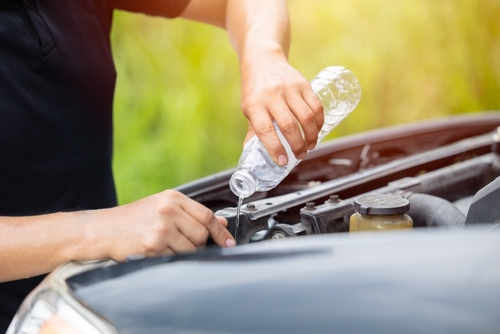
You might’ve seen this one in roadside hack videos—just pour a can of cola on your corroded car battery terminals to “clean them right up.” The acid in soda can dissolve corrosion, yes, but it’s messy and introduces sugar that attracts grime and ants. That sticky residue can make future corrosion worse and interfere with the electrical contact. There’s also the risk of shorting the battery if you pour too much liquid.
A safer and actually effective method is to use a baking soda and water mixture applied with a brush. It neutralizes acid and doesn’t leave residue behind. Once dry, a light coat of petroleum jelly helps prevent corrosion. So skip the cola and grab a kitchen staple instead—it’s cheaper and works better.
3. Fixing a Flat with Hair Spray and a Lighter
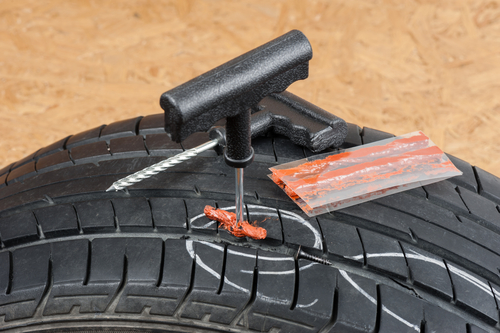
This one belongs in the “please don’t” category. The idea is that you spray hairspray into a flat tire, ignite it, and the expanding gases pop it back onto the rim. While this trick might appear in off-road videos, it’s genuinely dangerous and can cause serious burns or damage the tire bead. Tires are not designed to handle combustion inside them, even for a moment.
Plus, most modern tires have internal structures that can warp or weaken from sudden heat. That means even if it “works,” you could be driving on a structurally compromised tire. There’s also the chance of setting your entire vehicle—or yourself—on fire. In short: use a portable inflator or call for help; no hack is worth a trip to the ER.
4. Using Bread to Remove a Broken Spark Plug

Some folks swear you can jam bread into a spark plug hole to remove a broken one. In reality, the bread compresses and often makes the situation worse, pushing debris further into the cylinder. Mechanics use special extractors for a reason—because spark plugs seize due to metal expansion, not because they just “need more grip.” Trying this hack can lead to thousands in engine repair.
Even if you somehow manage to get the piece out, the bread can crumble and get into the combustion chamber. That residue burns into carbon deposits and may trigger misfires later. At best, you’ll waste time and bread; at worst, you’ll damage the engine head. Just tow it to a shop—bread belongs in a sandwich, not your spark plug socket.
5. Using Nail Polish on Windshield Cracks
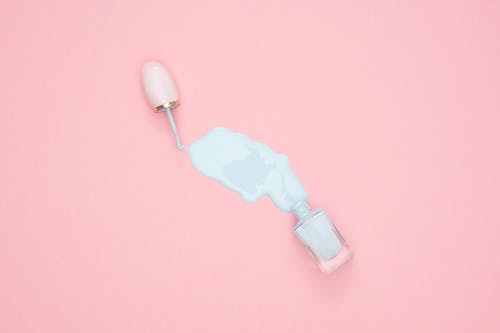
This hack is often marketed as a “cheap fix” for small windshield chips. Clear nail polish can temporarily seal the crack, but it doesn’t bond or flex the way glass repair resin does. As your car vibrates and heats up, the crack continues spreading underneath that glossy layer. By the time you notice, it’s often too late for a repair—meaning full replacement time.
Professional kits use UV-cured resin that actually penetrates the crack and restores some structural strength. Nail polish, on the other hand, sits on the surface and peels with exposure. It also yellows under sunlight, making the blemish more visible over time. What looks like a clever beauty hack becomes a costly aesthetic mistake.
6. Using WD-40 as a Tire Shine
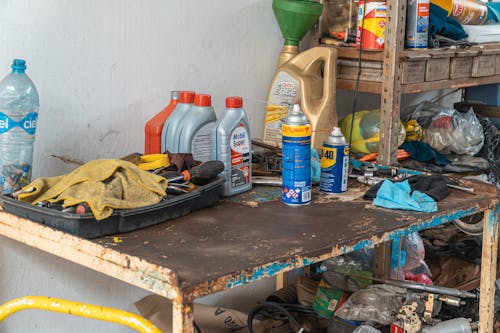
WD-40 makes rubber look shiny, so it’s easy to see why this one got popular online. But it’s a solvent-based product, not a conditioner—it strips oils out of the rubber. Over time, that causes your tires to dry out and crack faster, which can lead to blowouts. Plus, it attracts dust and dirt, making your tires grimy after just one drive.
Real tire shine products use silicone or water-based formulas that protect the rubber instead of dehydrating it. They also resist UV damage, something WD-40 wasn’t designed for. So while the shine might look great for photos, it’s not worth the long-term damage. Stick with products made for the job, not your garage shelf.
7. Using Kitty Litter as Permanent Traction
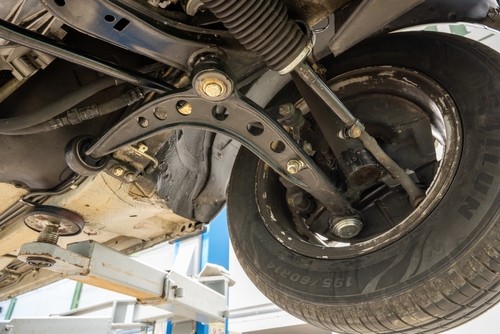
Kitty litter can help in a pinch when you’re stuck on ice—it adds grip temporarily. But the problem is that it turns into a slick clay when wet, especially the clumping kind. Once it mixes with melted snow or water, it becomes slippery and messy, sometimes worse than the ice itself. It’s useful for the first attempt, but you’ll lose traction again as it turns to sludge.
Sand or even small gravel is much more effective because it doesn’t absorb water. They provide ongoing friction and won’t freeze into a paste. Many roadside kits now include compact sandbags for this reason. So sure, keep some kitty litter in your trunk—but only as a short-term emergency trick, not a full solution.
8. Wrapping Your Radiator Hose with Duct Tape
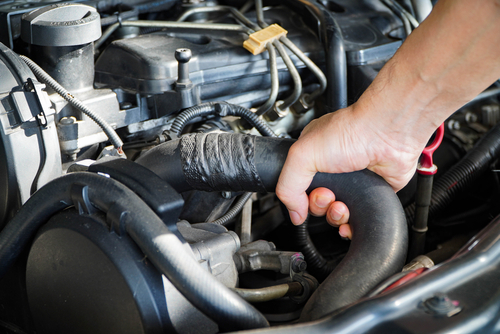
Duct tape is often the hero of roadside repairs, but this one doesn’t hold up under heat and pressure. A radiator hose can reach over 200°F, and duct tape adhesive melts long before that. The moment your engine warms up, the tape softens, the leak returns, and you risk overheating. It’s a temporary illusion of control that ends in a tow truck ride.
If you truly need a stopgap fix, self-fusing silicone tape is a better choice—it’s made for high heat and pressure. But even that’s just to limp to a service station, not to drive for days. Once the hose cracks, replacement is the only real fix. Your cooling system deserves more than a roll of household tape.
9. Cooling an Overheating Engine with Cold Water
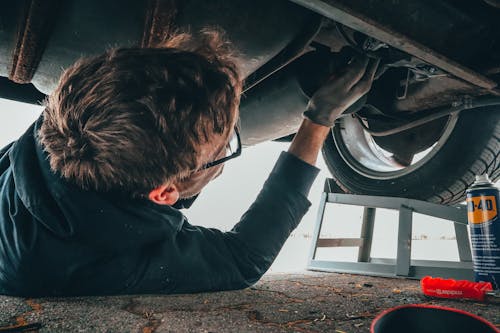
It seems logical—your engine’s hot, so why not pour cold water in to cool it? The sudden temperature shock can actually crack the engine block or warp the cylinder head. Modern engines are made from aluminum alloys that expand and contract quickly, and rapid cooling can ruin them. What looks like a quick fix can destroy the heart of your car.
Instead, let the engine cool naturally for at least 30 minutes before touching the radiator cap. Once it’s safe, you can add coolant or water slowly to prevent shock. The key word is slowly—patience saves engines. Sometimes, the best roadside hack is doing nothing until the heat drops.
10. Using Cooking Oil as Engine Oil
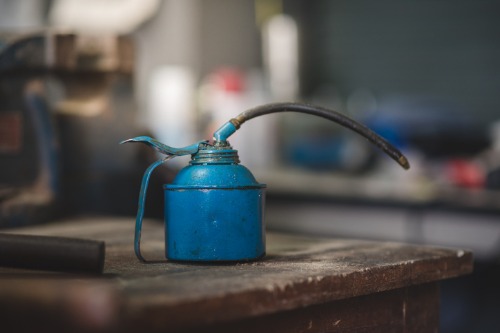
In an emergency, some people online suggest using cooking oil if you’re low on engine oil. It’s a bad idea. Cooking oil lacks the additives that protect metal surfaces, and it breaks down almost instantly under engine heat. It also turns into a gummy residue that can clog your oil filter and passages.
Even running the engine for a few minutes on cooking oil can cause serious wear. Synthetic and conventional motor oils are designed for lubrication under extreme pressure and temperature. If you’re desperate, it’s safer to idle briefly than to add the wrong fluid. Skip the pantry fix and call for roadside assistance.
11. Covering Rust with Coca-Cola and Foil
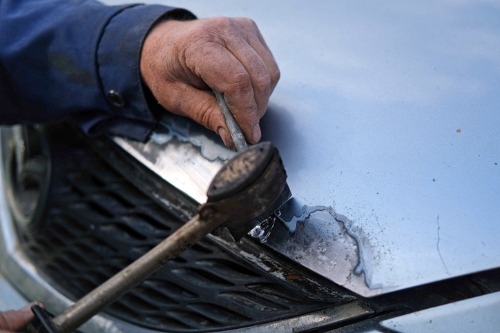
Coca-Cola’s acidity makes it a go-to hack for rust removal, often paired with aluminum foil. While it can remove light surface rust, it also leaves behind sticky sugar that traps moisture—exactly what rust feeds on. Over time, that spot will come back worse than before. Plus, the acid can damage nearby paint and trim.
Real rust removers neutralize corrosion and seal the metal afterward, something cola can’t do. The foil can also scratch chrome or stainless steel surfaces if used too aggressively. So while the internet loves a shiny before-and-after, the results don’t last. A little elbow grease and proper products go much further.
12. Jump-Starting a Dead Battery with a 9-Volt
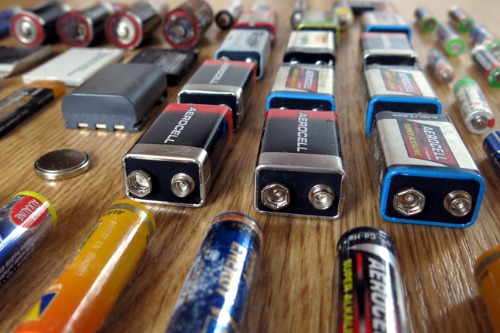
This one spreads fast because it sounds ingenious—use a 9-volt battery to spark your car back to life. Unfortunately, a car battery runs on 12 volts and needs a large current to crank the starter. A 9-volt simply doesn’t have the power, and trying to wire it up can cause shorts or damage electronics. At best, you’ll waste time; at worst, you’ll fry something expensive.
Portable jump starters or booster packs are compact, affordable, and actually designed for the job. Even a neighbor’s jumper cables are safer and more effective. A 9-volt might power your smoke alarm, but not your car. Save that hack for science class, not the side of the road.
This post 12 Roadside “Hacks” That Backfire the Moment You Try Them was first published on Greenhouse Black.
